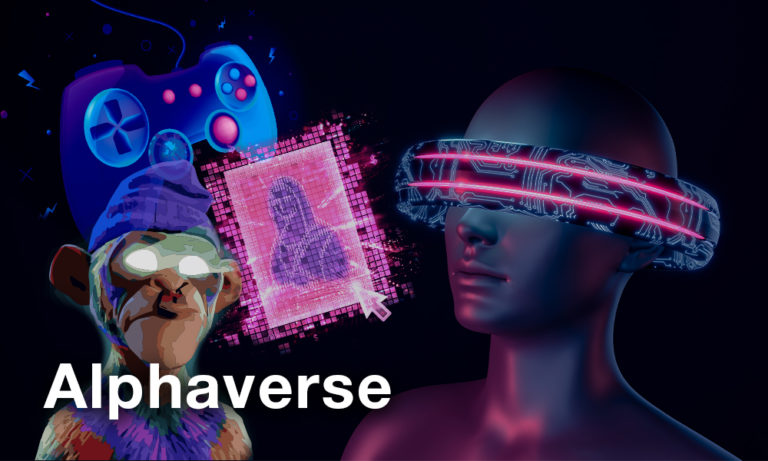Opportunities to sing to.

Most people experience something of an awakening to music during their teenage years. Music becomes more interesting and meaningful, and the bands or genres that we get drawn to often influence our external identities – the way we look, dress, and even behave. We become rockers, ravers, metalheads, and more.
Music also becomes a part of relationships. Groups of friends often share musical tastes, discuss music, have first trips to concerts and festivals together, and form bands. Then there’s the first crush. Have you ever made a mixtape for that special someone? I suppose it might be a Spotify playlist nowadays.
Music has a central role in most people’s sense of identity and often forms the soundtrack to some of the most important times of our lives. It’s no wonder then that it should be such a valuable industry. The annual Music by Numbers 2020 report shows that in 2019, before the pandemic, the music industry contributed £5.8B to the UK economy, supporting almost 200,000 jobs.
Despite music’s emotional and material value, musicians face an economic problem streaming services are at the heart of. You probably know that the likes of Napster revolutionized music distribution, and Spotify perfected the formula and captured the global market. However, both played a significant role in reducing artists’ earnings.
The UK’s national ‘living wage’ is £19,760 per year. According to these figures, a musician would need to stream over four million tracks per year on Spotify at a rate of £0.0049 per track to earn enough to live. Good luck trying to live off the minimum wage in the UK anyway.
With all but a few ultra-successful musicians earning less than ever, there is a clear case for change, which is why there is growing interest in music NFTs. While it is still early, several different uses of NFTs for music are emerging and have potential.
Firstly there is the model, which involves the purchase of music, as was the case with vinyl, cassettes, and CDs. Music NFTs can be purchased on marketplaces like OpenSea and Objkt. Specialist sites such as Catalog are available too.
In either case, as an investor, the benefits are being able to see edition numbers, so, as with all NFTs, you’ll buy something probably scarce. The aim is to buy a music NFT from an artist with the potential to make it big, causing the rare file you own to gain significant value.
Moving on, the next approach is using music NFTs to share the rights and corresponding income generated from sales and streaming revenue. This model aligns the interests of everyone in the system: the holders of the NFTs, artists, record labels, and distributors, meaning everyone benefits from promoting the music.
The platform Anotherblock enables this rights-sharing model and has its first drop coming up in just a few days, a collaboration from Laidback Luke and R3HAB. Both are international artists established as DJs on the summer festival scene. Combined, they have around 24 million monthly listeners on Spotify, meaning you could get a slice of that UK living wage by owning a share of the revenue from their streams.
Laidback Luke on stage at the Tomorrowland Festival. Source.
Another approach is being pioneered for live performances by musician Richie Hawtin. During a gig, audience members can mint NFTs featuring snippets of the performance at moments they really enjoy. The NFTs are minted to the blockchain as mp4 files and encoded with the information needed to later send royalties back to the artists whose music Hawtin was playing when the NFT was minted.
Finally, Async’s music blueprints are embracing the generative potential of smart contracts. The platform allows musicians to create thousands of track versions by combining different audio parts. For example, a musician can create numerous variations of the drum, bass, synth, guitar, and vocal parts. When the music NFT is minted, the parts are randomly selected and combined, creating different interpretations of the track, each of which is provably unique.
I’m sure you know how popular generative art NFTs have become, and generative music NFTs open up a new world of creative potential for musicians and producers, enabling them to leverage their skills to create more wealth for themselves and others. I encourage you to head here and listen to the first thirty seconds of several different versions of the tracks to experience the effect. It’s quite impressive.
Perhaps the most encouraging aspect of these different approaches to music NFTs is that they tend to work with, rather than against, the existing system. They solve artists’ lack of income by adding value to the system rather than trying to take it from someone else. This increases the chances of success and replicates exactly what has been seen in the crypto art space.
Although we are still early, and much could change, I think spending some time looking for music that you like and picking up some rare editions could pay dividends in years to come. Certainly, music will continue to have a special role in most people’s lives, and you definitely don’t want to become the next Dick Rowe, who famously said ‘no’ to signing The Beatles.
Until next time
Disclosure: At the time of writing, the author held several NFTs, ETH, and other cryptocurrencies. Read our trading policy to see how SIMETRI protects its members against insider trading.

